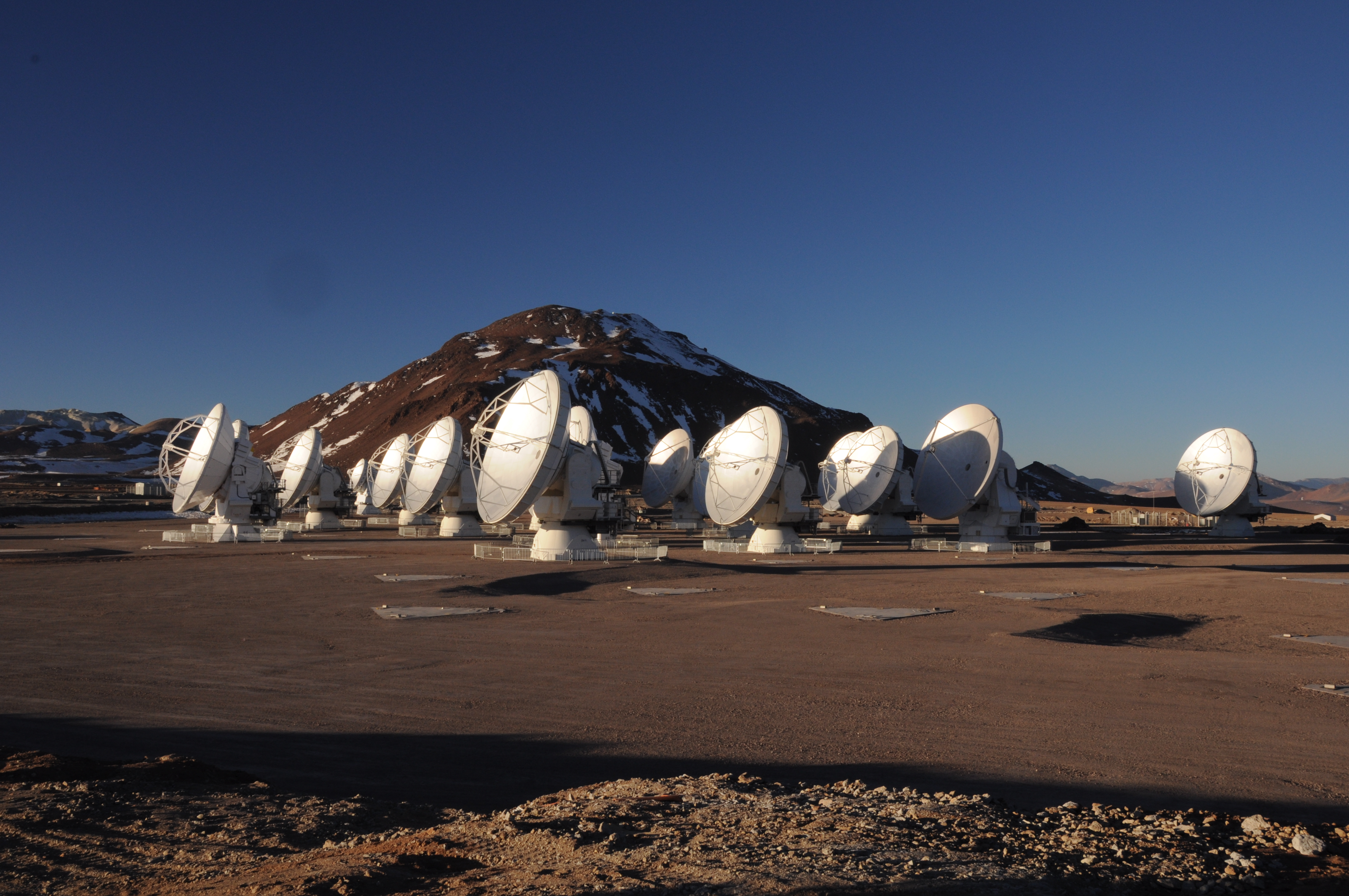How Does the Physical Size of the Antennas in a Radio Interferometer Affect its Sensitivity?

Question:
I know that interconnecting widely spaced radio telescopes results in a virtual size of a telescope that equals the distance of the interconnected telescopes (up to earth diameter) and achieves a resolution much more than optical telescopes.
Now my question: What is the physical background for the fact that I need just a few (far from each other) receiver to achieve this, though between the several radio telescopes is “nothing”, that means that there are no more recipients than these few „edge telescopes“ and therefore only a few signals from the edge areas of the virtual telescope are available ?
Thank you in advance for your answer
Answer:
This question is closely related to a question that we have answered previously about how a radio telescope interferometer works. As you correctly point out, the resolution that a radio telescope interferometer can achieve is proportional to the separation between the antennas, where the farther apart you place the antennas the higher the spatial resolution (or, equivalently, the finer the detail you can see in an astronomical object). The amount of collecting area in the array, though, affects how sensitive the interferometer is to astronomical signals. The collecting is equivalent to the sum of the reflecting surface areas of all of the antennas in an interferometer. The larger the collecting area, the weaker the astronomical signal that the interferometer can detect. Therefore, one tries to make the antennas in an interferometer as large as they can possibly be while also spreading them out as far apart as possible to maximize both sensitivity and resolution.





